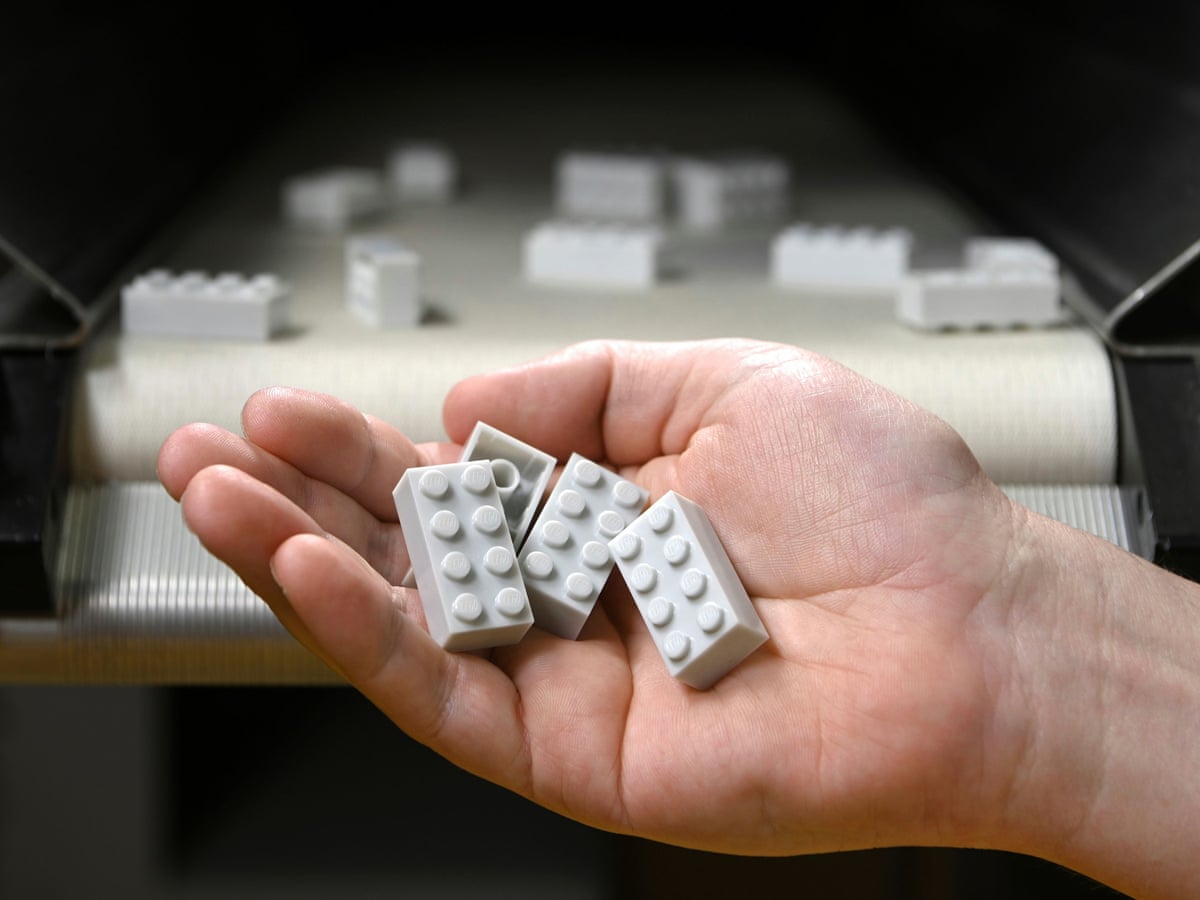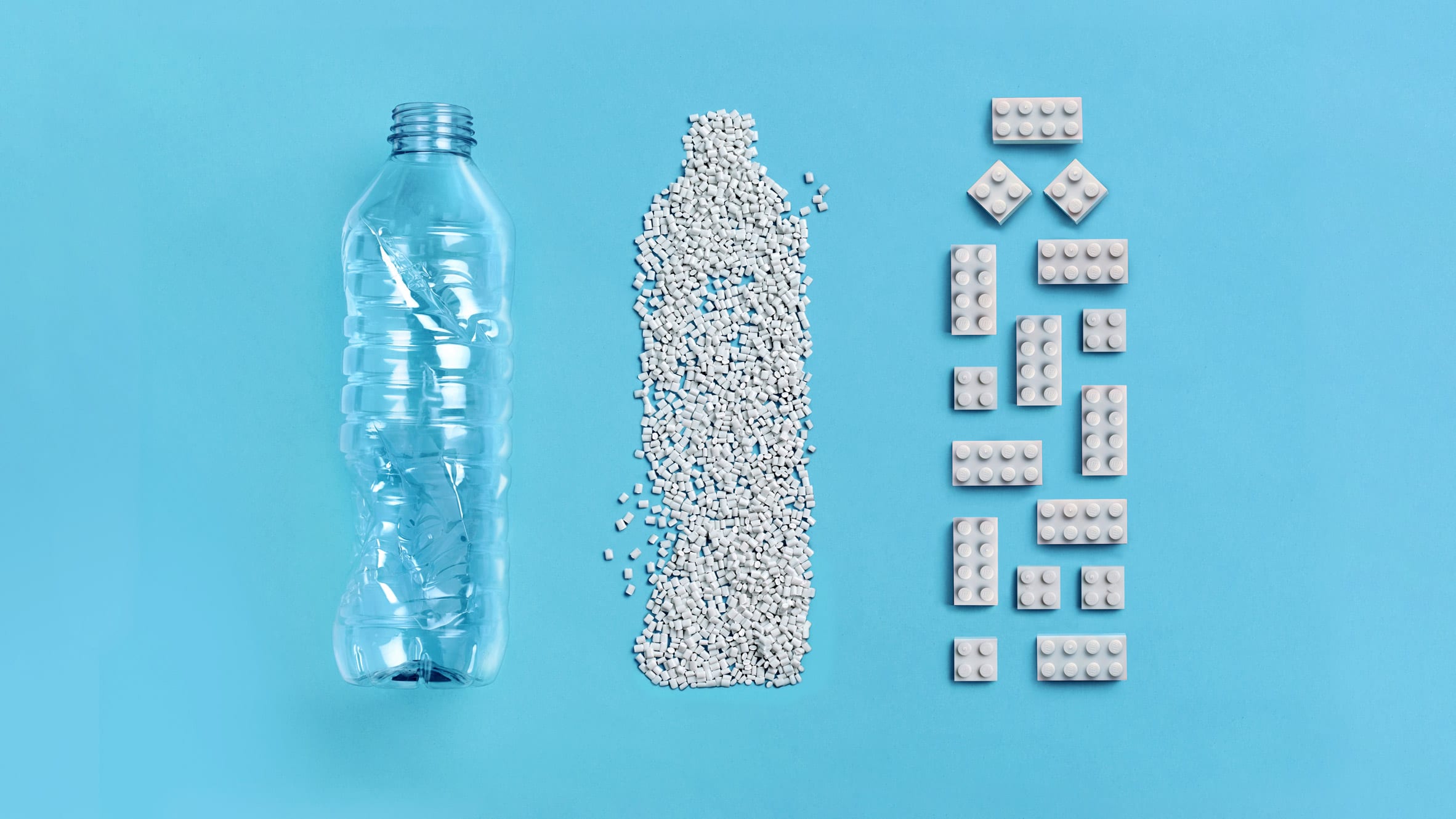Introduction:
LEGO, an iconic toy brand, has been a sustainability leader for many years by designing its bricks to last a lifetime. However, in 2018, the Danish toy giant made a bold move that promised to propel its sustainability efforts to greater heights—making bricks out of recycled drinks bottles. Unfortunately, LEGO recently announced that it had to halt the project due to quality issues, raising questions on the feasibility of using recycled materials to produce high-quality plastic products. In this blog post, we’ll explore why LEGO suspended the project and what it means for the wider recycling and sustainability community.
The Quality of Recycled Plastics
LEGO’s initiative was an exciting experiment designed to prove that recycled plastic could be used to create high-quality products. However, the challenges with the quality of recycled materials became apparent during its trials. The recycled materials affected the mechanical strength, color, and shine of the bricks, making them look different from the traditional bricks. This meant they could not meet LEGO’s strict quality standards.
The Realities of Recycling
The decision by LEGO to halt the project also raises the question of the technical feasibility of using recycled materials to make high-quality products. While the idea is a welcome one, the process of getting quality materials suitable for producing durable products presents many challenges. For example, the process of melting down different types of plastics and combining them for reuse can lead to impurities, making it unsuitable for high-quality products like LEGO bricks.
Plastic Recycling Challenges
The challenges that LEGO experienced are not unique to the company. Recycling in itself can be a difficult process, and plastic recycling, in particular, has many challenges. The quality and availability of recycled materials are one of the challenges that most recycling programs and manufacturers face. Often, the recycled plastic is either of low quality or mixed with other types of plastic, making it difficult to mold into high-quality products. Other issues include the cost of recycling and the feasibility of scaling the process to handle larger amounts of plastic.
The Sustainability Challenge
LEGO’s decision to suspend the project also highlights the sustainability challenge that many companies struggle with. While sustainability is critical, it cannot be at the expense of quality and viability, as both aspects are essential for the success of any venture. It’s not easy to achieve sustainability while maintaining high-quality products. This sometimes makes the process of moving towards sustainability and circular economy a longer and more challenging journey, but a necessary one.
The Way Forward
Despite LEGO halting its project, it’s essential that companies do not give up on efforts towards sustainability and recycling. The challenges with using recycled materials can be overcome, perhaps through investing in new technologies that can resolve the existing problems. The commitment to the circular economy should remain and take into account that it’s a journey and not a one-off solution. Moreover, the halted LEGO project should not discourage people from recycling or the relevance of sustainability. The child in every one of us still enjoys LEGO, and it will undoubtedly remain an iconic toy in the foreseeable future.

Conclusion:
The halted LEGO project demonstrates the challenges of recycling and sustainability from a different perspective. The decision raises essential questions about how we approach sustainability and circular economy, emphasizing that quality and viability are paramount for any successful venture. The reality of plastic recycling and using recycled materials continues to pose challenges for manufacturers and recyclers, making the journey towards sustainability a longer and more complex one. Nevertheless, by investing in new technologies and rethinking our processes, we can foster the creation of a circular economy, and continue moving towards a greener future.